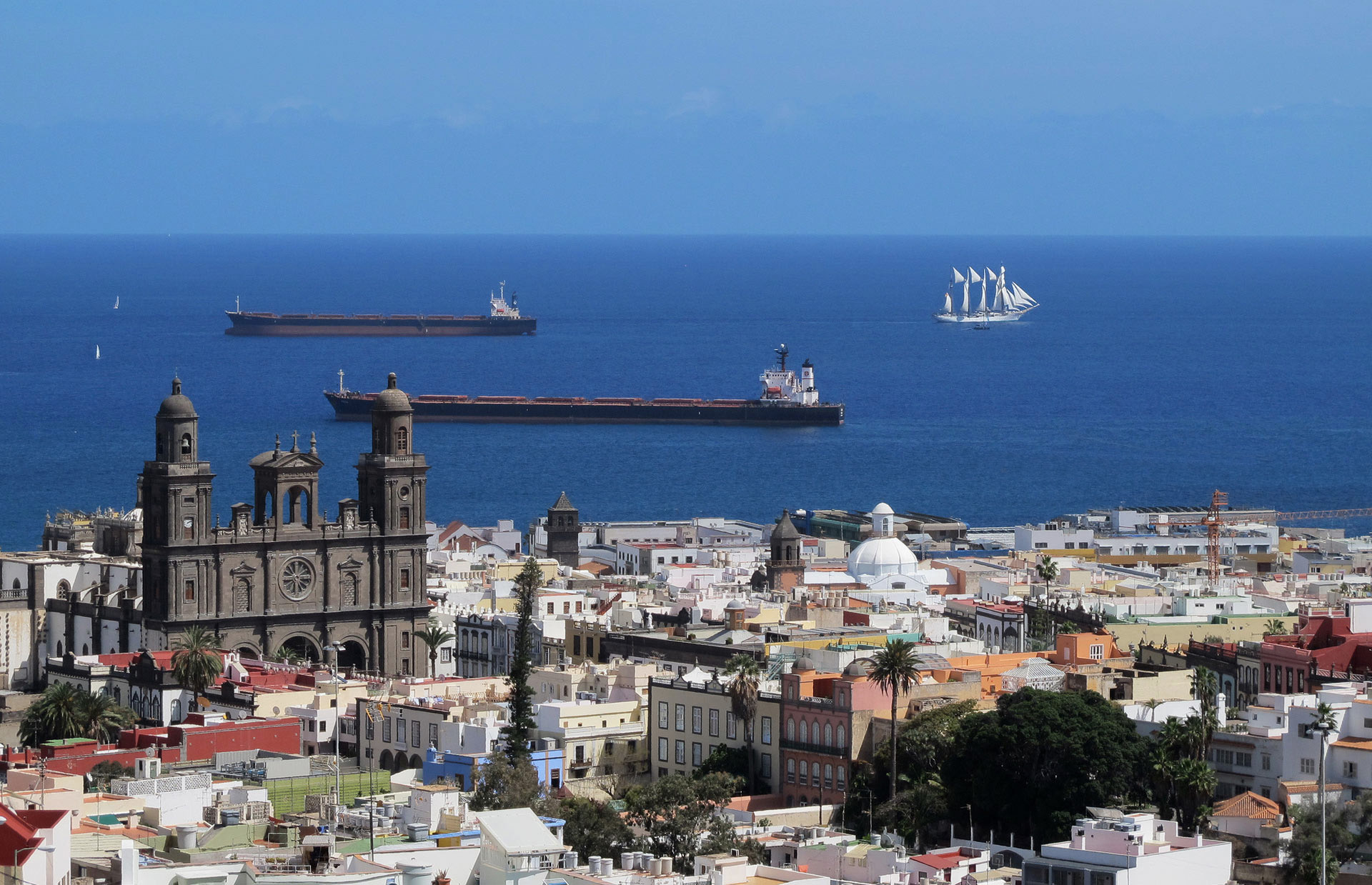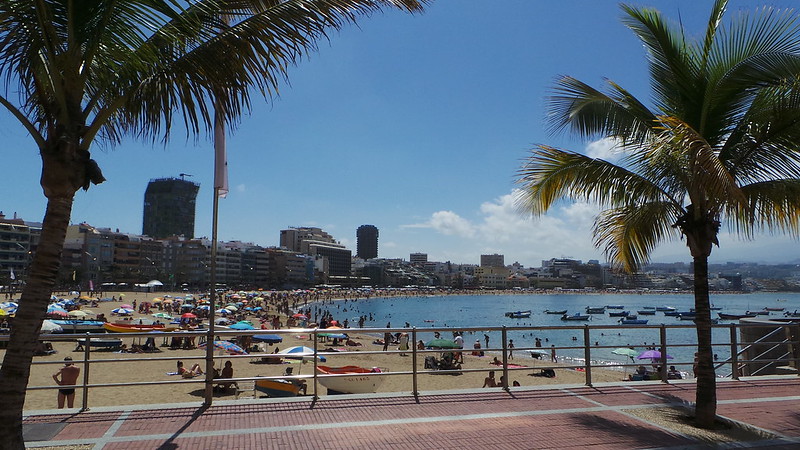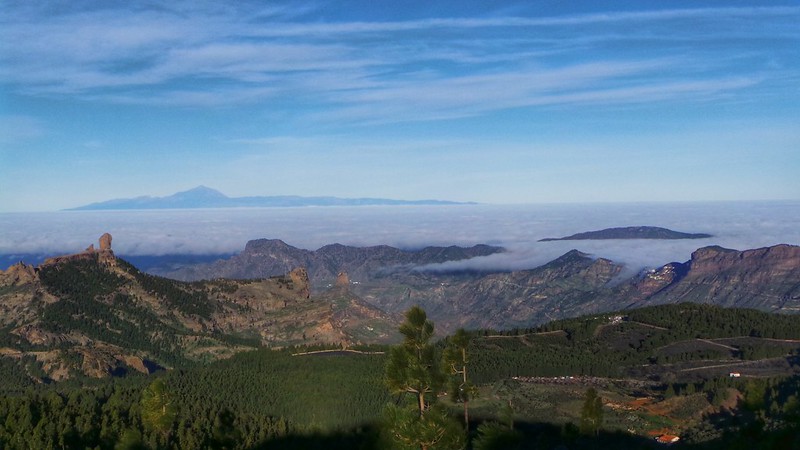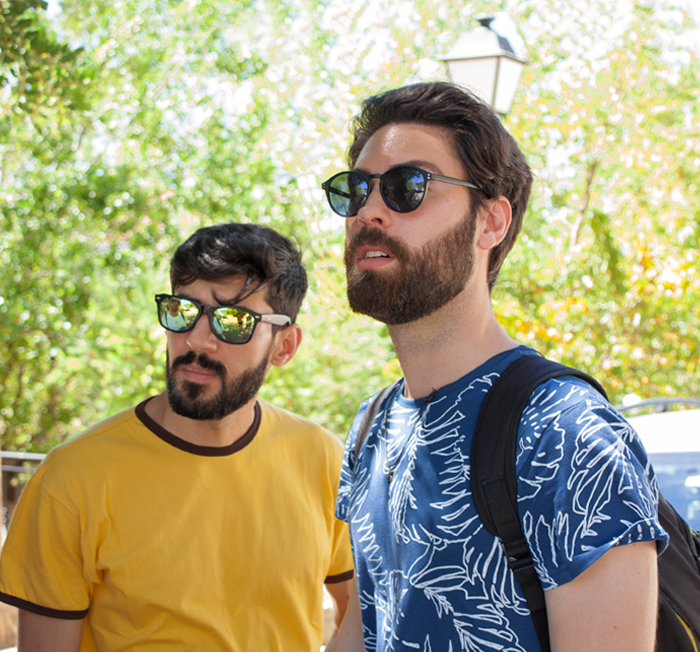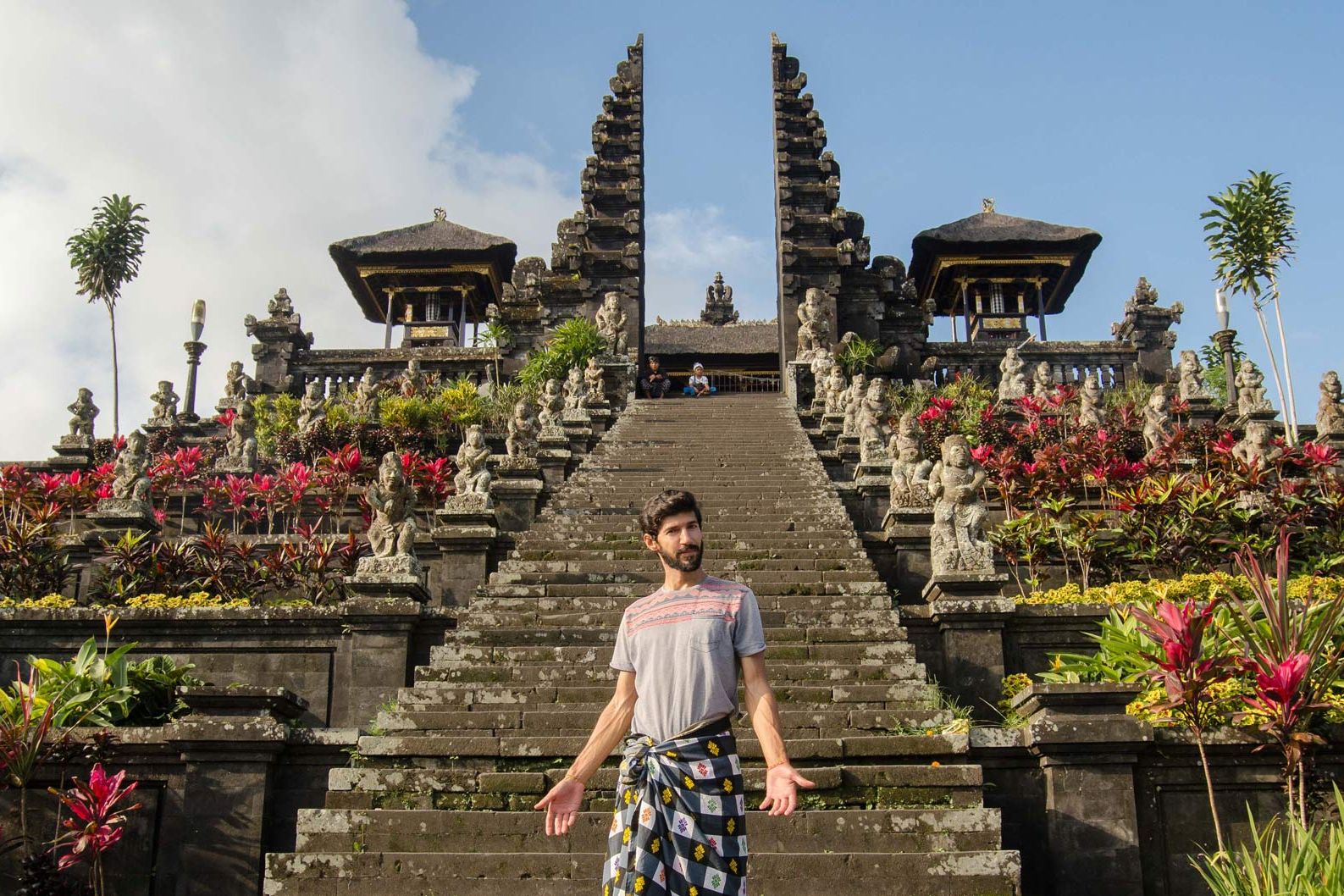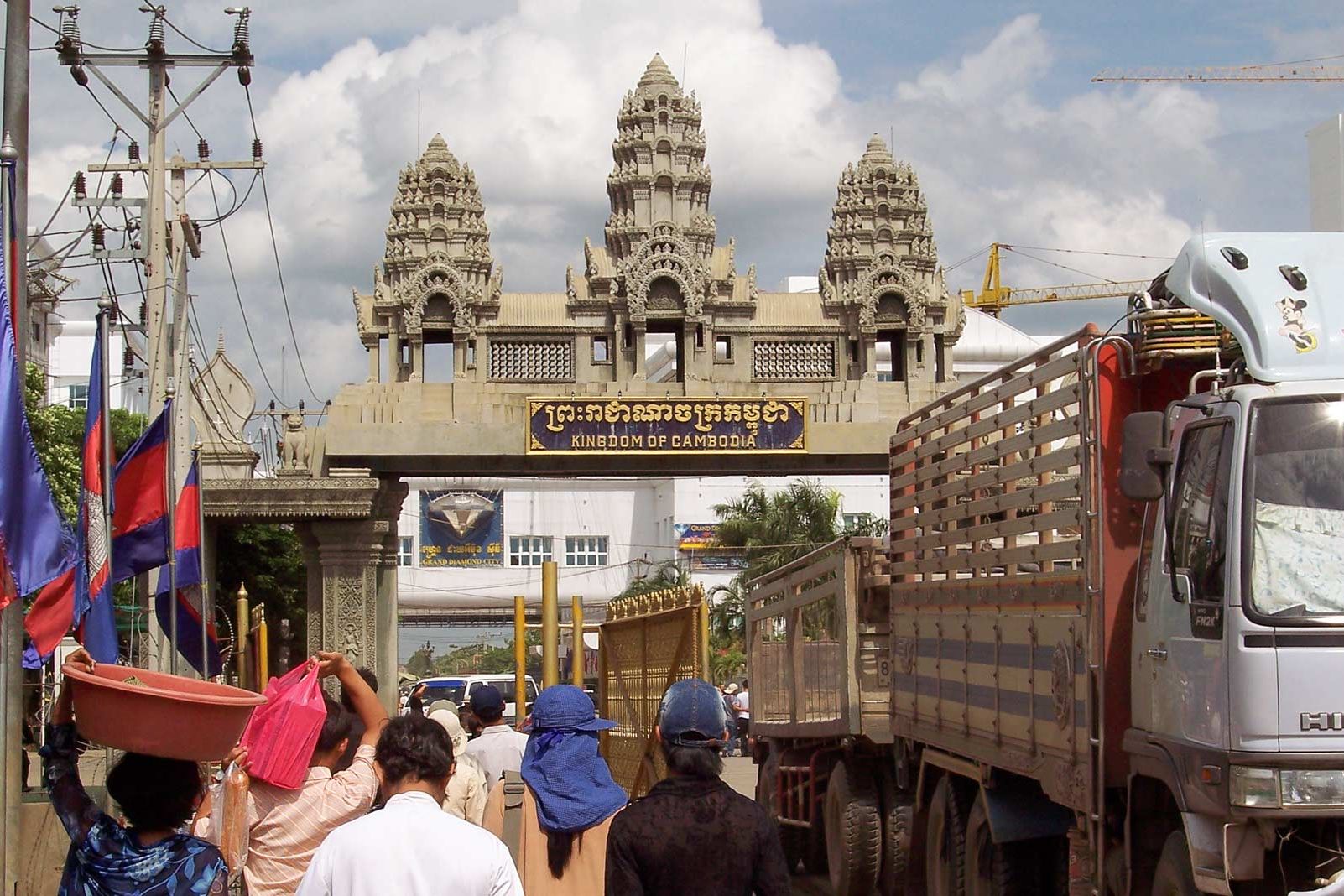The Complete Travel Guide to the North of Gran Canaria
Gran Canaria (and all the Canary Islands for that matter) are a popular summer destination for many Europeans. People come here due to a combination of great beaches, diverse landscapes, and low-cost flights available almost year-round.
Today it’s all about Gran Canaria. And considering that it’s quite a big island, we divided the information into 2 different travel guides: the North and the South of the island. In this part, we’ll be covering the best things to do in the north.
Gran Canaria Weather
Subtropical. With an average annual temperature of 24 degrees.
That’s why locals call the Canary Islands the islands of eternal spring.
To check the weather during your trip go to www.accuweather.com/Gran-Canaria
Getting to Gran Canaria
(Inter-island transportation)
Ferry
If you’re crossing between islands, we recommend doing it by ferry.
The 2 ferry operators making the connecting routes between islands are Naviera Armas and Fred Olsen.
To give you an idea of costs and travel times, here’s the information on the trip from Tenerife to Gran Canaria:
Naviera Armas
Cost: €35
Trip duration: 2h45
The ferry docks in the port of Las Palmas, where a transfer will take you to the city center in 10 minutes (no extra fees).
For the ferry timetables check www.navieraarmas.com/timetables
Fred Olsen
Costs: €40
Trip duration: 80 minutes for the ferry, plus 25 minutes for the shuttle bus (no extra fees). The ferry docks in Agaete but a shuttle bus will take you to Las Palmas.
To see the Fred Olsen ferry timetables check: www.fredolsen.es
Airplane (inter-island)
Canaryfly and Binter have frequent flight connections between islands. Prices are reasonable — €20 on average — depending on the month you’re flying.
Airplanes land at Las Palmas Gran Canaria Airport, located 19 km from the capital Las Palmas (or 30 km from Playa del Inglés if you’re going to the south).
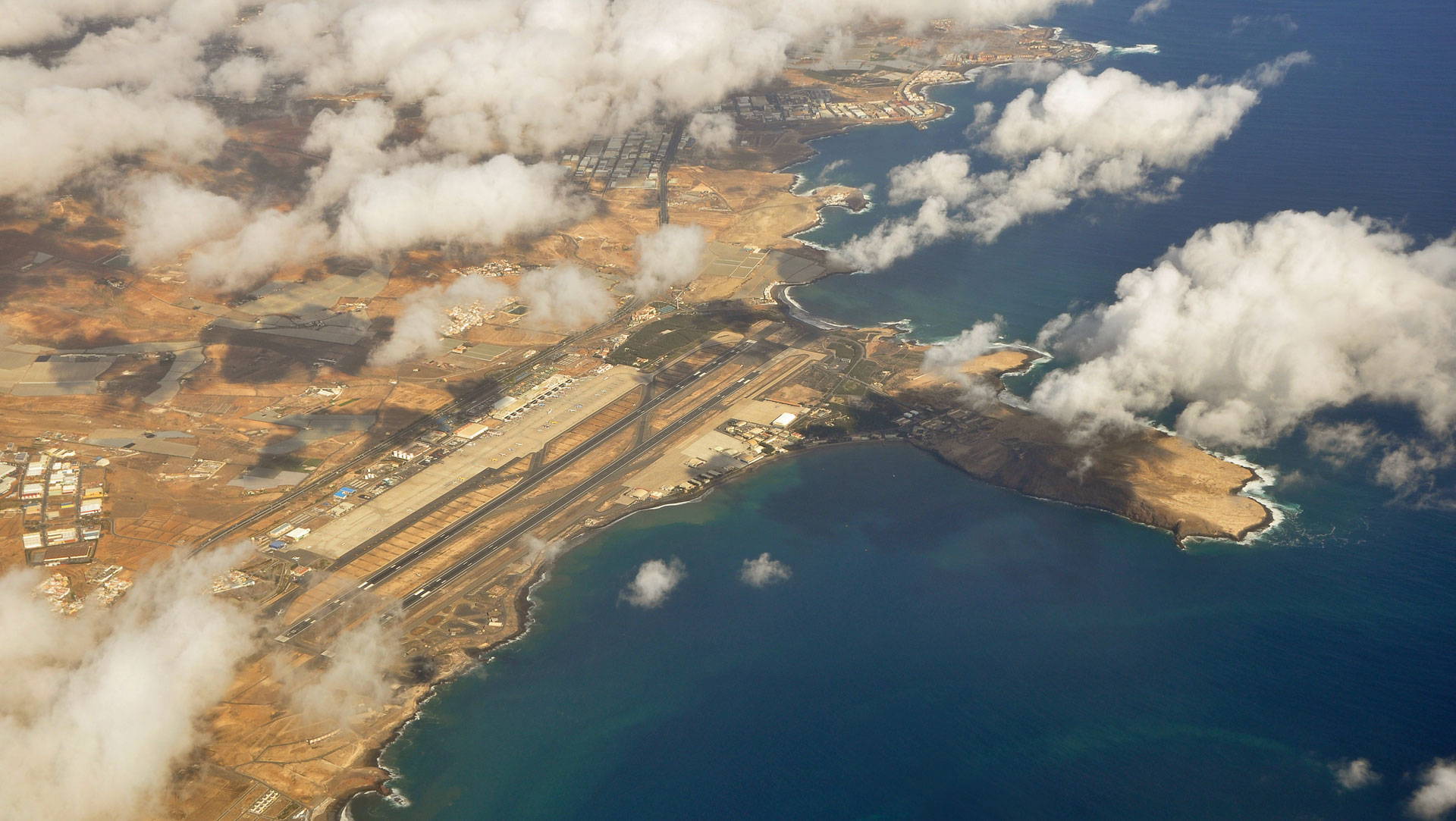
Photo by Marc Ryckaert
Airport Transfer Buses (for both inter-island and international flights)
To get anywhere on Gran Canaria you can hop on one of the blue buses (“guaguas” as locals call them) parked right outside the airport terminal.
A bus ticket from the airport to Las Palmas is € 2.95 and for Playa del Inglés € 3.50. You can’t beat that!
For timetables and other routes check: Guaguas Global
Accommodation
As a tourism-dependent island, there’s an array of accommodation options scattered all over Gran Canaria. Prices start at €12 a night in a hostel, up to €120 a night in a four-star hotel.
On the north coast of the island, most hotels are located near the beach of Las Canteras. We’ve stayed at hotel Pujol (pronounced Poo-whole).
What to do in The North of Gran Canaria
To help you navigate the island, all the places mentioned in this post are marked with dark blue pins on the map below.
The Historic Quarter of Vegueta
Vegueta is an old neighborhood with the best colonial architecture on the island. You can walk for hours on cobblestone streets, finding new alleys and admiring the historical houses from the 15th century.
Right in the center of the quarter is Santa Ana square and Cathedral. There’s a fee to go in, but don’t bother, the interior is quite dull. We recommend instead spending your money at one of the many outdoor cafes in the area eating tapas and enjoying the sun.
There’s a craft market every Sunday.
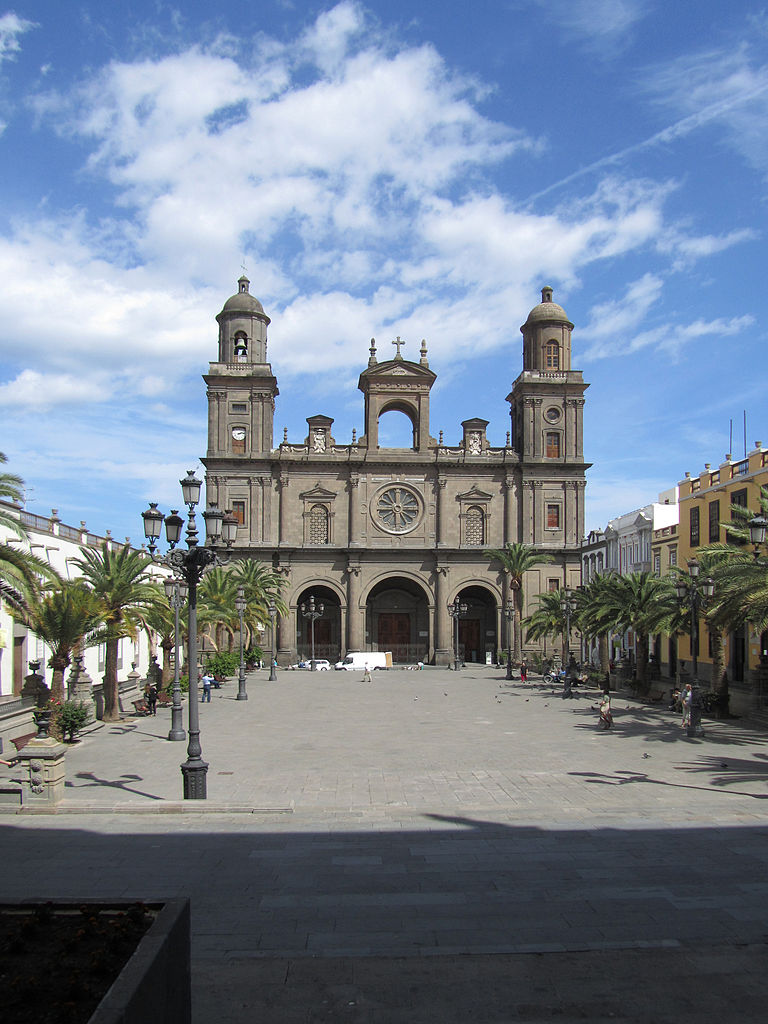
Photo by Jvhertum
Calle Mayor de Triana (Shopping street)
Triana neighborhood — also one of the oldest in Las Palmas — has become the main shopping district of the city. Small old-timey shops, popular stores, and fancy boutiques are always presented in beautifully restored buildings. It can be a beautiful walk even to the most frugal.
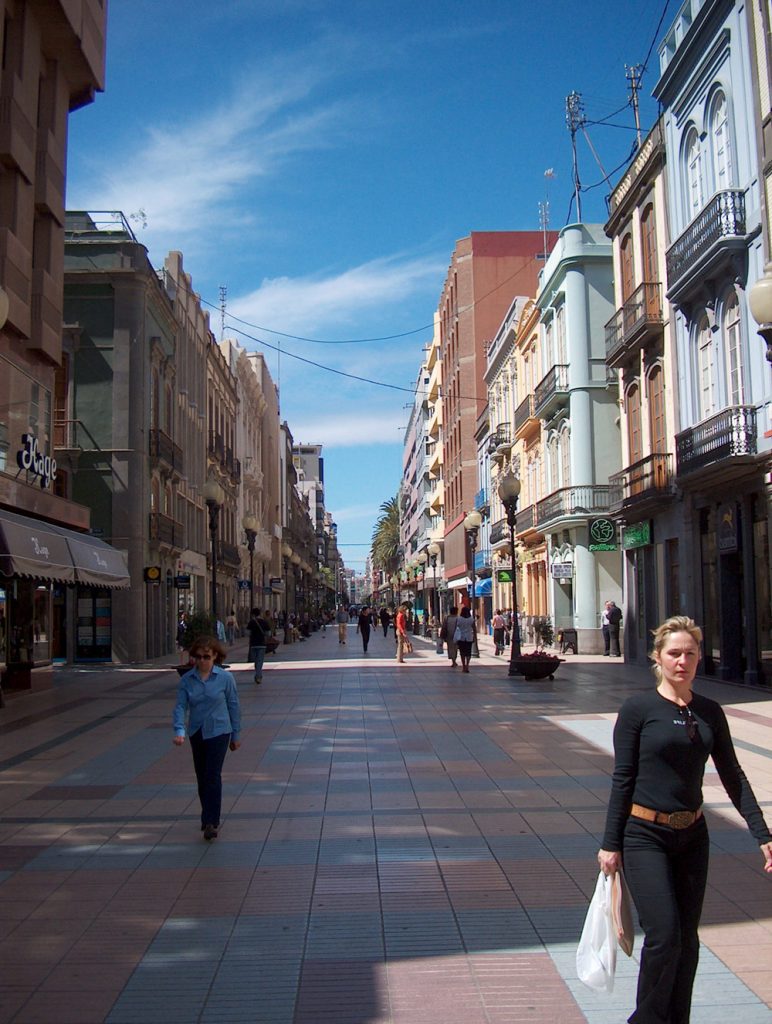
Photo by Matti Mattila
Vegueta Market
Vegueta Market is the first market ever built in the Canary Islands back in 1856. And today remains the spot where locals come to buy fresh produce.
Tip: you’ll be tempted to buy some of the glorious tropical fruit displayed on the stalls. If you do, ask for the price beforehand as several vendors tend to overcharge tourists.
Museums
House of Columbus (Casa de Colón)
A museum about the relationship between the Canary Island and the Americas.
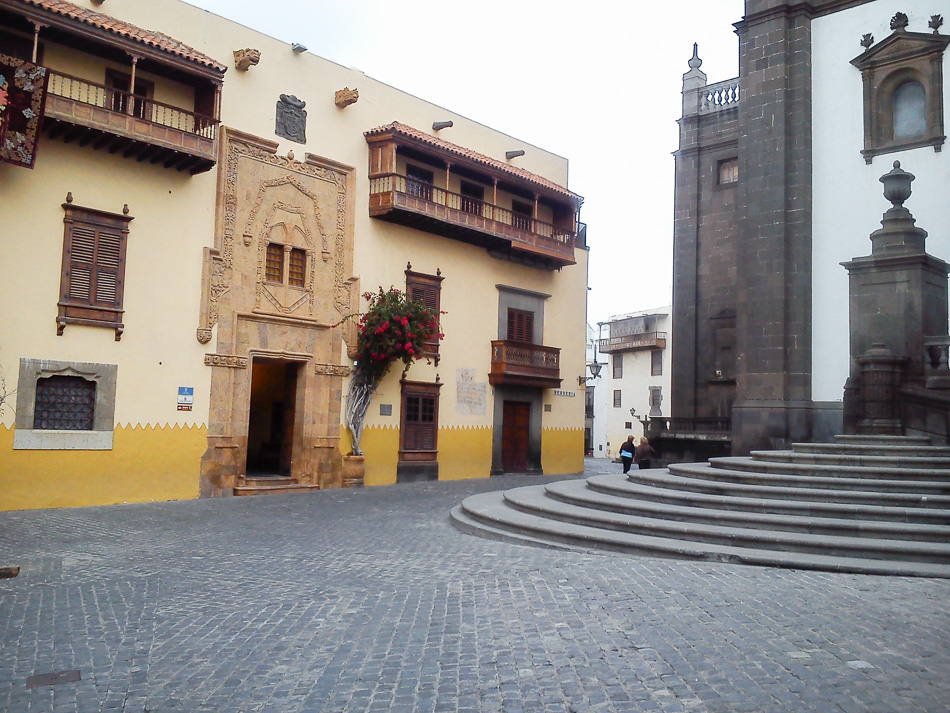
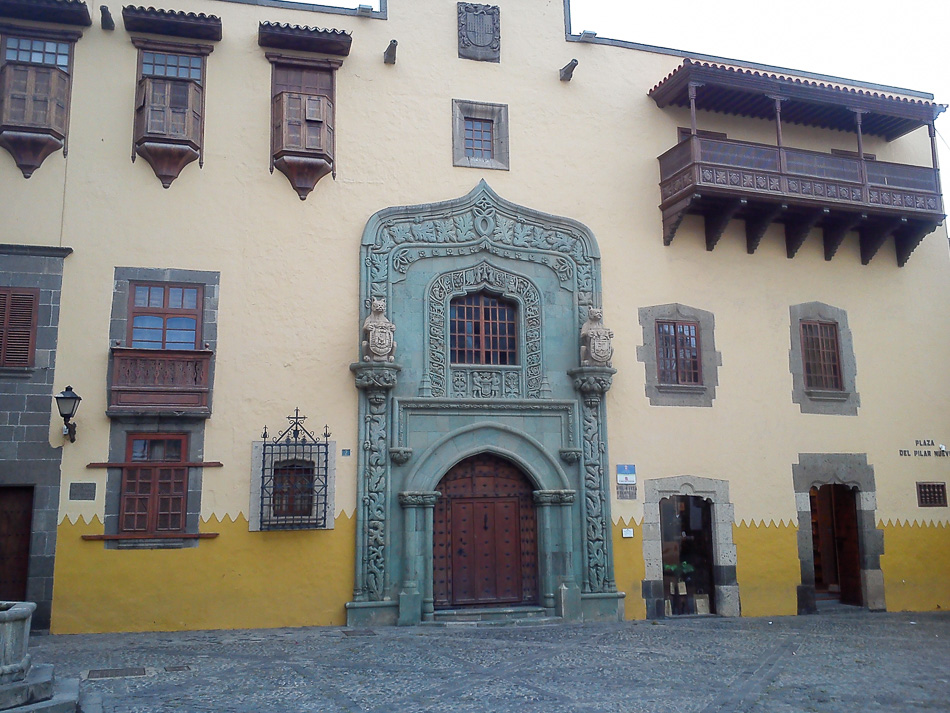
Location: Calle de Los Balcones, on the historic quarter of Vegueta.
Admission fee: €4 (you can visit the building’s library for free).
Opens: Mondays to Saturdays 10:00 AM to 6:00 PM
Sundays 10:00 AM to 3:00 PM
Museu Canario
A museum about the prehispanic population and the history of the archipelago.
Location: Calle del Dr. Verneau, on the historic quarter of Vegueta
Admission fee: €5 (free for kids under 12 y.o.)
Opens: Mondays to Fridays 10:00 AM to 8:00 PM
Saturday and Sunday from 10:00 AM to 2:00 PM.
Centro Atlántico de Arte Moderno
Exhibition and activity center of contemporary art from the Canary Islands, Europe, Africa, and the Americas.
Location: Calle Los Balcones, on the historic quarter of Vegueta (near Casa de Colón)
Admission fee: €5
Opens: Tuesdays to Saturdays from 10:00 AM to 9:00 PM
Best Beaches in the North Coast of the Island
Las Canteras
Covering a 4 km slice of coast, Las Canteras is the largest beach in Las Palmas. Being located right by the city, it’s the central hub for local life and the favorite spot for surfers and tourists.
If you don’t feel like laying on the beach, you can hang out at one of the numerous cafes, restaurants, and shops in the wide promenade by the sand.

Photo by Pepelopex
Gui Gui
Gui Gui is a secluded beach on the west side of the island (it’s actually two: small Gui Gui and big Gui Gui). Getting there means a 2.5-hour hike or a boat trip from the nearest town of Tasartico.
The long walk to Gui Gui is worth it as the mountains and scenery along the way are just as impressive as the destination. The beach itself is an unspoiled paradise where you can spend the rest of the day and even spend the night (if you do so, take the appropriate gear as the nights get quite cold).
Many hikers that come to Gui Gui and camp overnight say the night sky is breathtaking.
Typical villages on the North of Gran Canaria
Agaete
A fishing village in Puerto de las Nieves, with one of the most picturesque landscapes on the island made of white and blue houses by the sea.
Besides the small town itself, we recommend:
• The necropolis of Maipéz
• Las Salinas de Agaete where you can swim in a natural pool
• Natural Park Pinar de Tamadaba
• The caves of the Guanches
• Cueva Pintada Museum and Archaeological Park
Firgas
Firgas is known as the “balcony of the Atlantic”, for having the best viewpoint on the ocean and the entire northern half of the island.
Artenara
It is the highest city on the island and the perfect spot to rest from the beaches of the coast.
Here in Artenara, we recommend:
• Astronomical observatory Vega de Acusa

Photo by El Coleccionista de Instantes
Nature attractions
Tamadaba Natural Park
Close to Agaete, Artenara and San Nicolás de Tolentino is the Natural Park of Tamadaba.
Here you’ll find the oldest and best-preserved pine forest on the island — classified by UNESCO as a Biosphere Reserve — extending from the summit of the mountain all the way to the west coast. Along the park, you can expect some breathtaking views of the Atlantic and the Teide (all the way on Tenerife), stunning valleys, and little old villages.
It’s a great hiking and walking site.
Getting to Tamadaba Natural Park by Bus
From Las Palmas bus station, take the hourly Bus No. 102 to Agaete. In Agaete stop at El Lomo and follow the trail to Tamadaba.
Rural Park del Nublo
Right in the center of the island is the Rural Park del Nublo, a natural wonder also classified by UNESCO as a Biosphere Reserve.
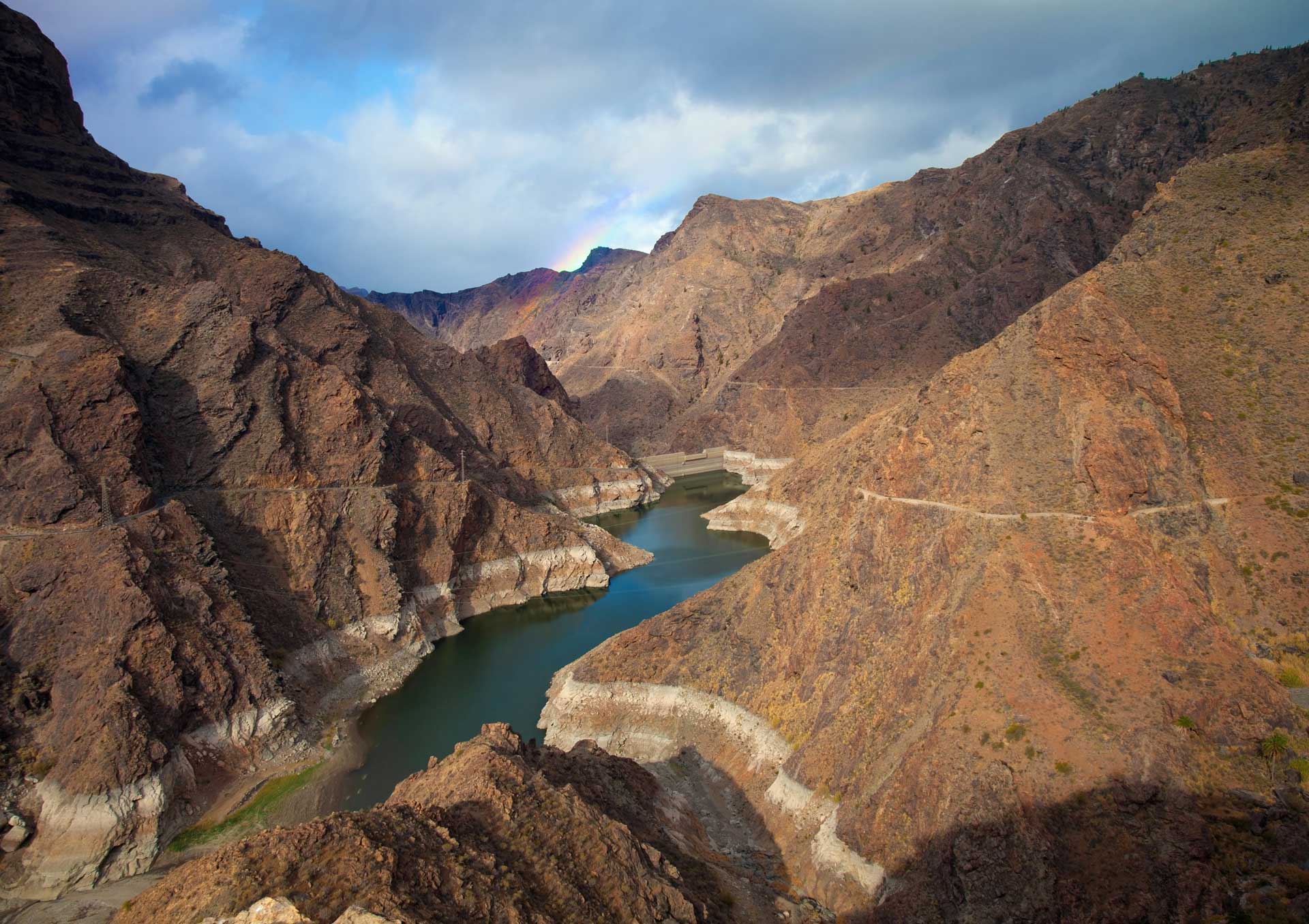
Photo by Tamara K.
We recommend visiting:
• The natural lagoons
• Roque Nublo ravines
• Roque Bentayga
• Las Niñas dam
Also a great hiking spot with a campground available
Ready to visit the South of the island?
Go to: The Complete Travel Guide to the South of Gran Canaria
If you have any questions or some extra info to add, let us know in the comments.
Cover photo by El Coleccionista de Instantes
